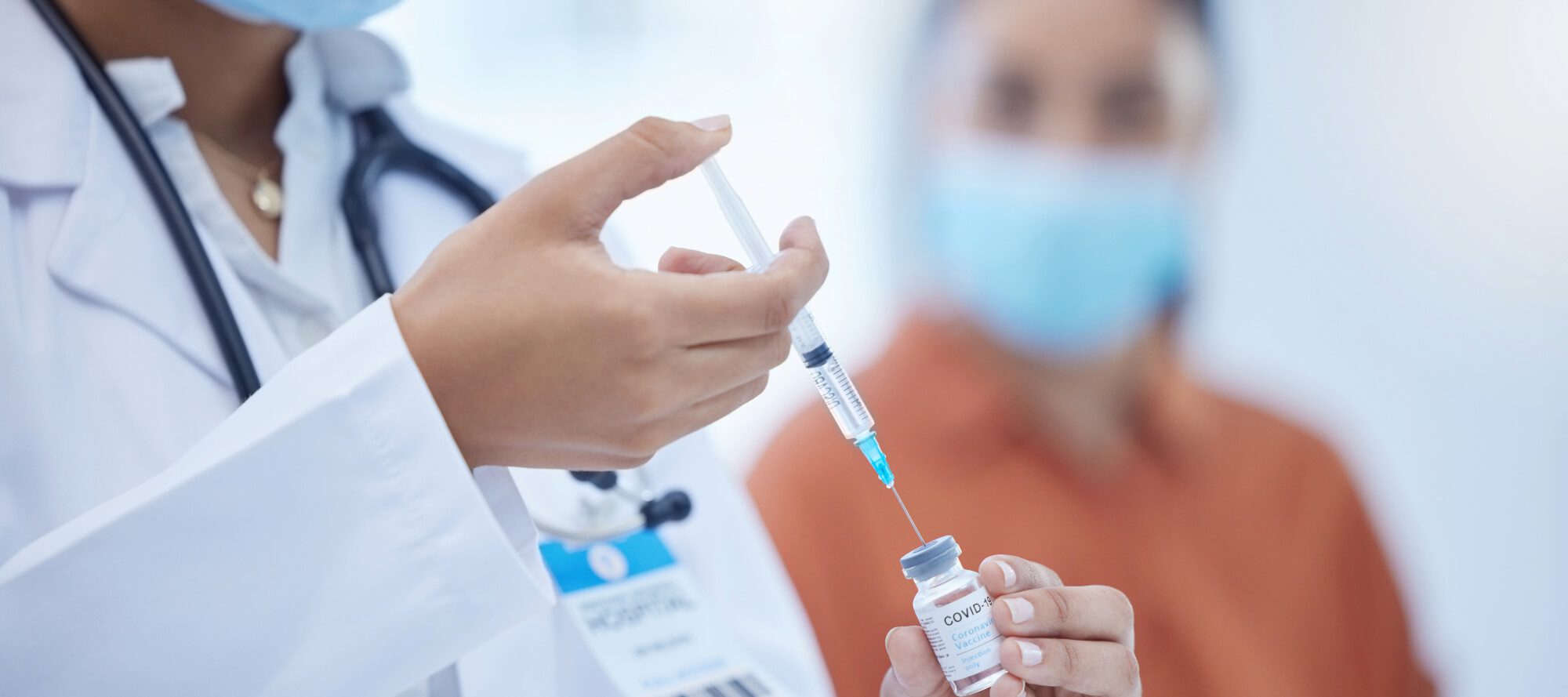- Interplay of Inflammatory Markers and Anti-SARS-CoV-2 Antibodies in COVID-19 Mortality: A Prospective Cohort Study
These are the results of a prospective multicenter cohort study that included 1031 hospitalized COVID-19 patients from five hospitals. Anti-SARS-CoV-2-spike antibodies, interleukin-6 (IL6) and CRP were measured on hospital admission. The pre-specified endpoint was all-cause in-hospital mortality. patients with high levels of inflammatory markers (CRP>6mg/dl or IL6>100pg/ml) combined with low levels of anti-SARS-CoV-2-spike antibodies (<1200BAU/ml) were approximately 8 times more likely to die than patients with low inflammatory responses and high antibody levels (CRP: aHR 7.973, 95%CI 2.744-23.169, p<0.001; IL6: aHR 8.973, 95%CI 3.549-22.688, p<0.001). As we have pointed out and as we still see, death during the first week is not what we are seeing. It is that second and third week with the onset of the cytokine storm that we see people head to the ICU and develop severe disease. - Association of Premorbid GLP-1RA and SGLT-2i Prescription Alone and in Combination with COVID-19 Severity
This study was designed to examine the impact of use of glucagon-like peptide-1 receptor agonist (GLP-1RA) monotherapy, sodium-glucose cotransporter-2 inhibitor (SGLT-2i) monotherapy, and concomitant GLP1-RA/SGLT-2i therapy on the severity of outcomes in individuals with severe acute respiratory syndrome coronavirus 2 (SARS-CoV-2) infection prior to getting an infection. So these glucagon-like peptide-1 receptor agonist (GLP-1RA) drugs are Ozempic, Mounjaro, Zepbound, Wegovy. The sodium-glucose cotransporter-2 inhibitor (SGLT-2i) drugs are perhaps not as well-known but similar drugs. Here these investigators used observational data from the National COVID Cohort Collaborative through September 2022, where they compared outcomes in 78,806 individuals with a prescription of these medications versus a prescription of dipeptidyl peptidase 4 inhibitors (DPP-4i), an alternative diabetes medication within 24 months of a positive SARS-CoV-2 PCR test. The primary outcome was 60-day mortality, and secondary outcomes included emergency room (ER) visits, hospitalization, and mechanical ventilation within 14 days. Use of GLP-1RA (OR 0.64, 95% confidence interval [CI] 0.56–0.72) and SGLT-2i (OR 0.62, 95% CI 0.57–0.68) were associated with lower odds of 60-day mortality compared to DPP-4i use. Additionally, the OR of ER visits and hospitalizations were similarly reduced with GLP1-RA and SGLT-2i use.
- Cardiac Adverse Events and Remdesivir in Hospitalized Patients with Coronavirus Disease 2019 (COVID-19): A Post Hoc Safety Analysis of the Randomized DisCoVeRy Trial
The authors performed a post-hoc safety analysis based on data from the multicenter, randomized, open-label, controlled DisCoVeRy trial in hospitalized patients with COVID-19 (NCT04315948). They were specifically looking for cardiac adverse events. Cardiac AEs were reported in 11.2% and 11.3% of the remdesivir patients getting remdesivir and control groups, respectively. The difference between both groups was not significant (HR 1.0, 95% CI 0.7-1.5, p = 0.98), even when evaluating serious and non-serious cardiac AEs separately. The majority of reports in both groups were of arrhythmic nature (remdesivir, 84.8%; control, 83.3%) and were associated with a favorable outcome. There was no significant difference between remdesivir and control groups in the occurrence of different cardiac AE subclasses.
- Two-Year Longitudinal Study Reveals That Long COVID Symptoms Peak and Quality of Life Nadirs at 6–12 Months Postinfection
In this study, at one-three, six, 12, 18, and 24 months post-COVID-19, 70 participants had orthostatic vital signs measured, provided blood, and completed surveys characterizing symptoms, QoL, and return to pre-COVID-19 health and activities using a number of validated tools (FLU-PRO+, Fatigue Severity Scale, Insomnia Severity Index, General Practitioner Assessment of Cognition, Patient Health Questionnaire Depression 8-Item, Generalized Anxiety Disorder 7-Item, 36-Item Short-Form Health Survey, EuroQol EQ-5D-5L). They report that during the study period, 33% of participants experienced Long COVID (had not returned to pre-COVID-19 health status and reported at least 1 symptom >90 days postinfection); 8% had not returned to their pre-COVID-19 health status 24 months postinfection. Long COVID symptoms peaked six months post-COVID-19, frequently causing activity limitations. Having Long COVID was significantly associated with decreased QoL in multiple domains. - Paxlovid Use is Associated with Lower Risk of Cardiovascular Diseases in COVID-19 Patients with Autoimmune Rheumatic Diseases: A Retrospective Cohort Study
The authors used TriNetX data from the U.S. Collaborative Network to look at a total of 5,671,395 patients with AIRDs enrolled between January 1, 2010, and December 31, 2021. People diagnosed with COVID-19 were included in the cohort (n = 238,142) from January 1, 2022, to December 31, 2022. The study population was divided into two groups based on Paxlovid use. They did propensity score matching to generate two groups with matched baseline characteristics. They found that Paxlovid use was associated with lower risks of cerebrovascular complications (HR = 0.65 [0.47–0.88]), arrhythmia outcomes (HR = 0.81 [0.68–0.94]), ischemic heart disease, other cardiac disorders (HR = 0.51 [0.35–0.74]) heart failure (HR = 0.41 [0.26–0.63]) and deep vein thrombosis (HR = 0.46 [0.24–0.87]) belonging to thrombotic disorders in AIRD patients with COVID-19. Compared with the Non-Paxlovid group, risks of major adverse cardiac events (HR = 0.56 [0.44–0.70]) and any cardiovascular outcome mentioned above (HR = 0.76 [0.66–0.86]) were lower in the Paxlovid group. Moreover, the mortality (HR = 0.21 [0.11–0.40]), admission (HR = 0.68 [0.60–0.76]), and ICU admission rates (HR = 0.52 [0.33–0.80]) were significantly lower in the Paxlovid group than in the non-Paxlovid group.
Situation Dashboards



World Health Organization (WHO)
Novel Coronavirus (COVID-19) Situation from World Health Organization (WHO)


Johns Hopkins University (JHU)
Coronavirus COVID-19 Global Cases by the Center for Systems Science and Engineering (CSSE) at JHU


COVID-19 in US and Canada
1Point3Acres Real-Time Coronavirus (COVID-19) Updates in US and Canada with Credible Sources


Genomic Epidemiology COVID-19
Genomic Epidemiology of (COVID-19) Maintained by the Nextstrain team, enabled by data from GISAID.





